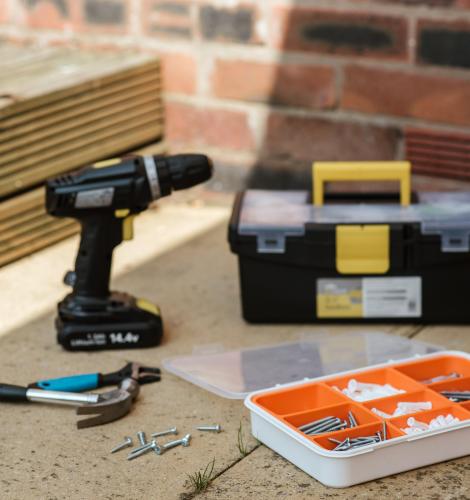
Buying a storage shed is a big investment that you want to last a long time. By performing routine maintenance on your shed, you can actively keep your storage from exposure and damage while keeping your shed and backyard looking great too! With a little effort on your part, you can prolong the longevity of your shed and the storage inside it.
Know Your Shed Warranty
New sheds should not have any leaking, siding damage, shingle warping, or weak roofing. Many new sheds come with warranties, some better than others. When you buy a shed from Space Makers, you get a 5-year 100% warranty that covers everything from the top of your roof to the shed’s flooring. You can have peace of mind knowing your new shed is protected and built to last. Being knowledgeable about your manufacturer's warranty can save you time and stress, should a problem arise. Once you're caught up on the details, it's time to look physically at your shed.
Regular Inspection
Just like you would a house and other property, you should regularly inspect your shed for signs of wear and tear. While you should always be on the lookout for damage and areas that need repair, you should do a thorough inspection at least once a year.
Check for the following:
- Dark spots and discoloration caused by leaks
- Holes, cracks, or gaps in siding
- Chipped or cracked paint
- Pest nests
- Signs pests have been in your shed
- Mold, rot, and mildew
- Rust
- Loose or missing roof shingles
- Damaged windows or doors
- Blocked ventilation
During the inspection, you should also check that your door handles and hinges are operating smoothly, applying a lubricant like WD-40 as needed. Most importantly, don’t put off making repairs to your shed as this can create bigger problems in the future. Putting off repairs can lead to stored items being destroyed or spending lots of money on professional repairs.
Shed Roofing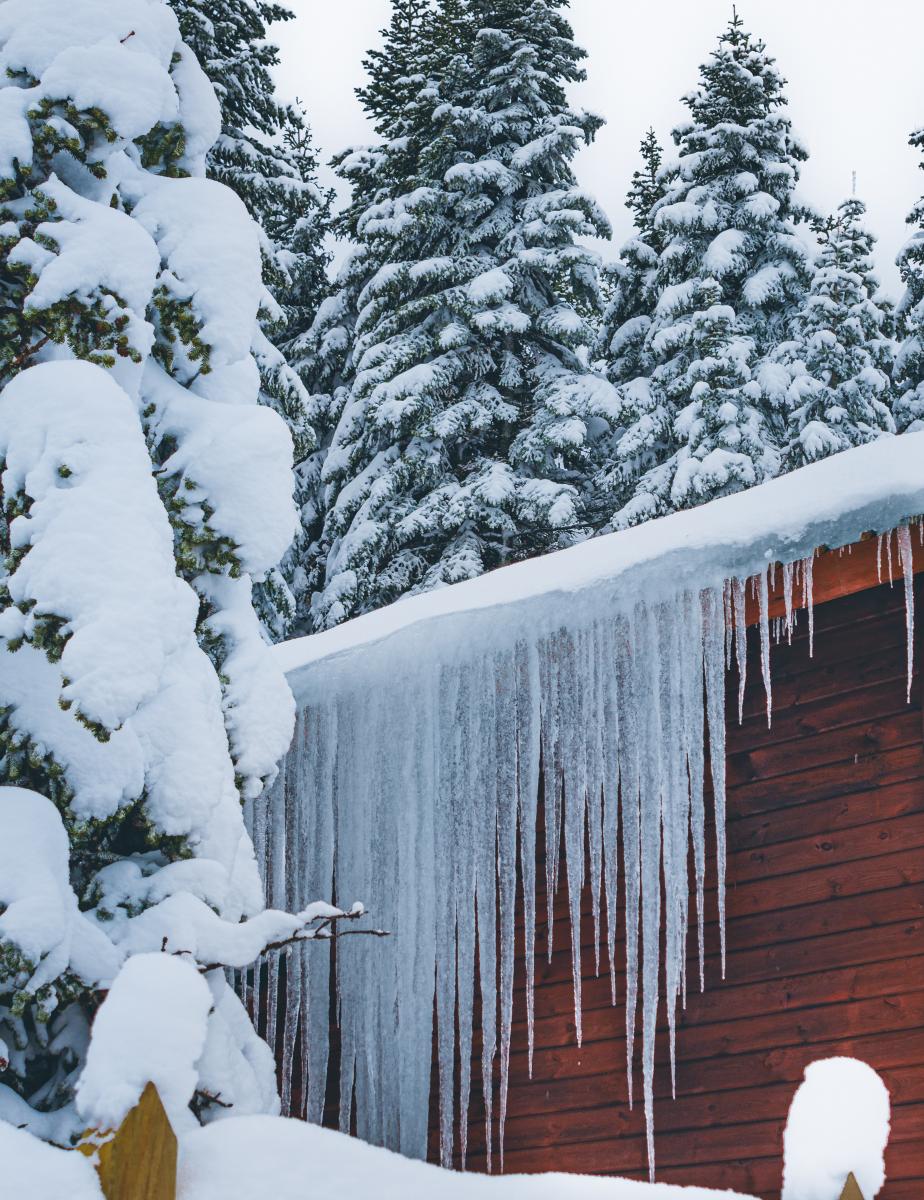
Roofing is one of the most essential shed features that is often overlooked. Just like roofing on a house, shed roofing needs to be inspected and maintained to make sure that it’s safe and fully functioning. A shed cannot protect your storage if its roof is damaged. You can prevent roof damage by keeping your shed’s roof clear of branches, leaves, and debris. When you regularly inspect, clean, maintain, and repair your roof, its life will be extended to last you many years to come.
For those that live in places with snow, shed roof maintenance includes removing snow from your roof in the wintertime and checking for weak spots that will break under the weight of snow. Letting snow sit on your roof can cause damage to the roof shingles, making them disfigured and broken.
Shed Siding
If you found gaps, holes, and/or cracks during the inspection of your shed, you’ll need to fill these in as soon as possible. Caulk works extremely well for filling in these trouble spots on sheds. When using caulk to make shed interior or exterior repairs, choose a day that is rain-free and at least 65 degrees Fahrenheit.
Likewise, if you notice any part of your siding is rotted, you’ll want to replace this wood immediately and check your shed has proper ventilation. If you don’t take care of your shed’s rotted wood, its structure will become compromised and you may find your shed becoming home to termites and other pests.
Prevent Pests
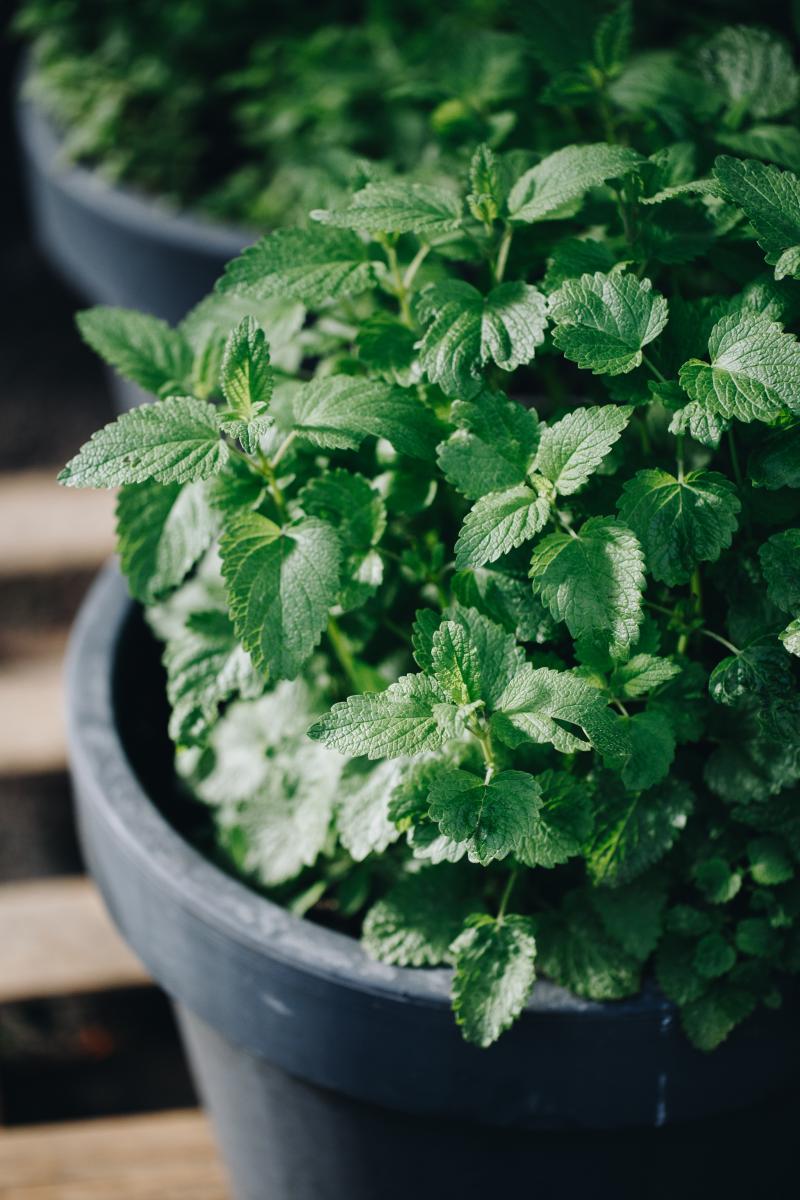
If you use your shed to store things like soil, fertilizer, or seeds, keep these items closed up in an impassable storage container to prevent insect and pest infestations. Additionally, opt for plastic storage over cardboard to make it more difficult for mice to make a home inside your shed. Avoid having cardboard and paper accessible for mice to use as a nest.
For a more permanent solution to ward off pests, plant herbs around your shed. Herbs known for their pest-repelling nature include:
- Lavender
- Rosemary
- Basil
- Thyme
- Lemongrass
- Oregano
- Sage
Mint is also a great plant repellent; however, never plant mint directly in the ground as it grows incredibly fast and aggressively takes over your space, killing other plants. To use mint as a natural pest-repellent, plant it in pots and place the pots around your shed exterior.
Prevent Mold
Mold and mildew are bad for your health and the longevity of your shed. The growth of mold deteriorates your shed until it can no longer serve its original purpose. One easy way to combat this is by having proper ventilation in your shed, like ridge and gable vents.
Keep mildew and moss from growing on your shed roof by allowing more sunlight in. If you have branches and shrubbery that are blocking direct sunlight from your shed’s roof, cut them away or relocate your shed. The more sunlight reaching your shed roof, the lower the chance of mildew growth.
Cleanliness
Just like a house and car, it’s important to keep your shed clean for it to remain in good condition. You should plan to clean your shed siding at least once a year and whenever it’s needed. You can clean your shed with dish soap and water, laundry detergent and water, or white vinegar and water.
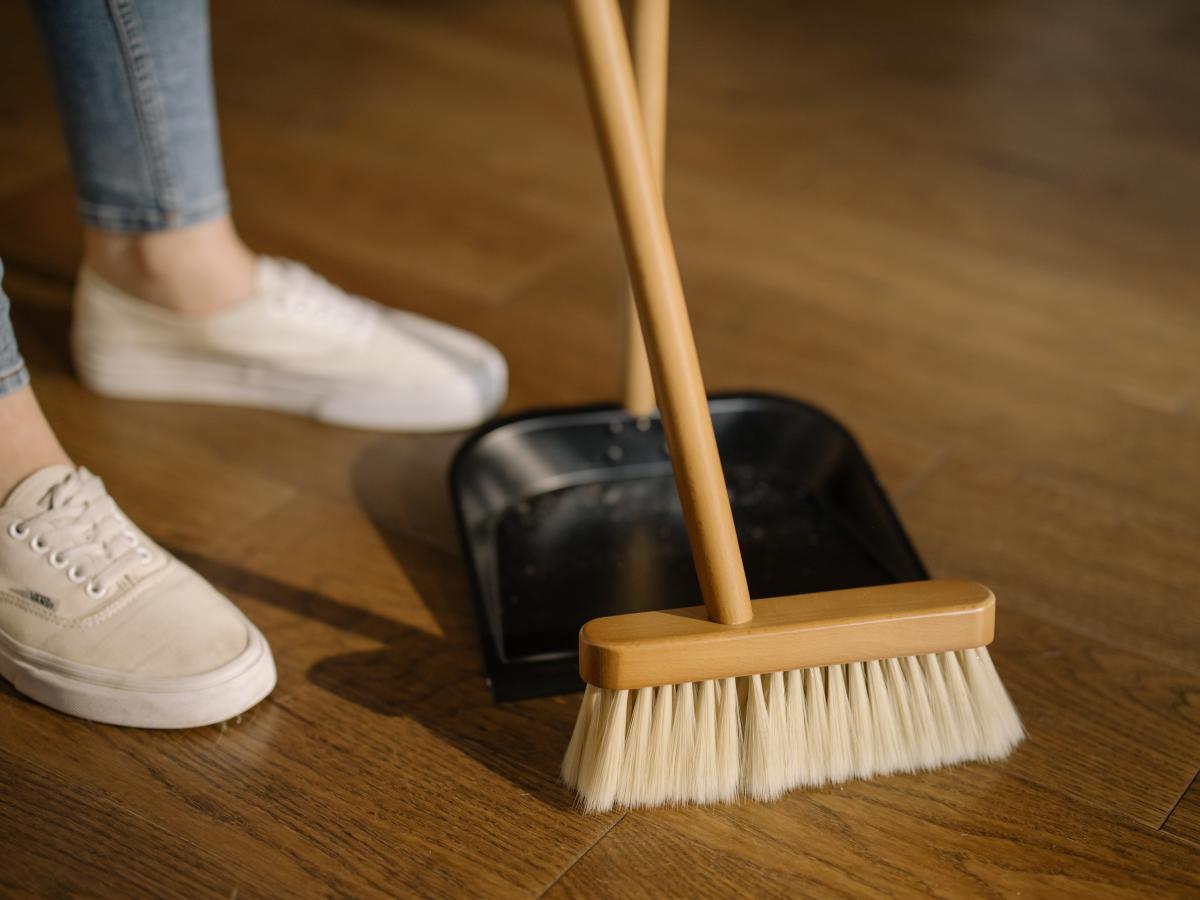 Quickly sweeping the floor and clearing corners of debris and dirt will keep your shed and storage in great shape. Remove any cobwebs you see inside your shed and keep your storage dust-free. By taking a few extra minutes to make sure your shed is clean after use, you’ll help prolong its life.
Quickly sweeping the floor and clearing corners of debris and dirt will keep your shed and storage in great shape. Remove any cobwebs you see inside your shed and keep your storage dust-free. By taking a few extra minutes to make sure your shed is clean after use, you’ll help prolong its life.
Organization
Keeping your shed organized and neat will make your life much easier and will help your shed interior stay clean.Popular methods of organizing storage in sheds include shelves, pegboards, lofts, hooks, storage bins, and magnetic strips.
Every year, take note of anything in storage that you no longer use or need, removing these items to create more space. You can then donate, sell, or trash these items depending on their condition. Additionally, reorganizing your shed can give you extra storage space you didn’t know you had. Check out our top shed organization tips guaranteed to keep your shed tidy and easy to access.
Paint Your Shed
One of the best ways to protect your shed for years to come is by painting it. Giving your shed a fresh coat of paint around every 7 - 8 years will keep the structure protected against fading, scratches, moisture, rusting, and mildew. Plus, paints that are oil-based are great for closing up small gaps in your shed siding! Learn all the steps to painting your shed’s exterior and interior with our ultimate shed painting guide.
If your shed is wood, you can stain it for protection and surpass any issues with paint chipping and cracking in the future. Additionally, using stain instead of paint on your wood shed will be cheaper. However, a downside to staining your shed is the limited variety of colors you can choose from. If you wish to revive your shed’s original color without staining or painting, you can opt for a wood cleaner or a wood brightening product.
Shed Location
Not sure where your shed should go? Read our tips on where to put your shed. If you place your shed under trees, you can expect to do more cleaning to remove sap, bird droppings, and mildew. Plus, having trees around your shed increases the likelihood of damage. It’s best to remove branches hanging over your shed that may fall or drop heaps of snow on the roof.
Ensure the area around your shed has proper drainage so water doesn’t collect. Properly drain and repair any areas collecting water, as this can lead to bug infestations, rotting, and mildew. When choosing a location to relocate or place your shed, make sure that spot isn’t at high risk of flooding. You don’t want water flooding and seeping into your shed!
Winter Weather
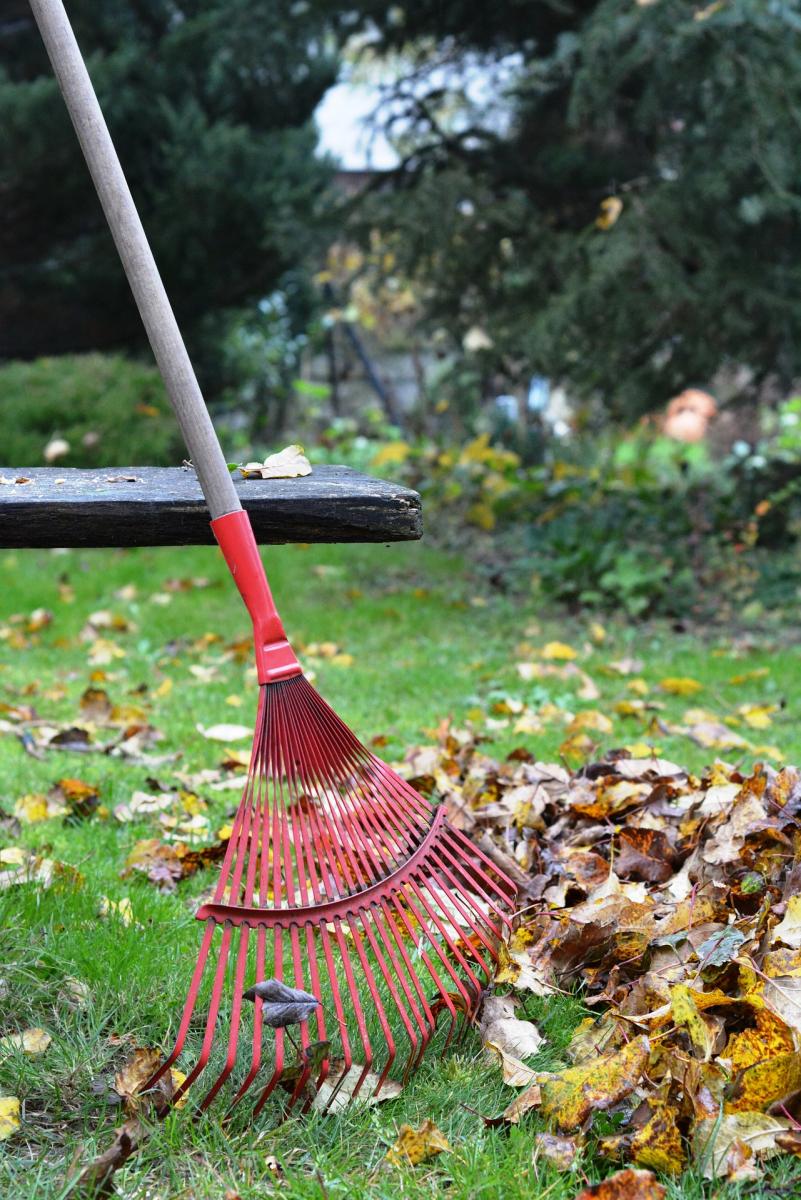
Those that live in snowy, cold climates understand the toll winter weather can have on buildings. If you live in an area that gets snow, you’ll need to prepare your shed for winter and the snowstorms that come with it. First, you’ll need to assess if your shed is stable and strong enough to withstand windy winter days. You’ll also want to remove any items in your shed that cannot endure cold temperatures. (Pro-tip: Sheds are great for storing winter recreational equipment!)
As fall transitions into winter, clear the exterior of your shed of any leaves and natural debris. Piles of leaves, no matter how small, left against your shed can lead to rotting, mildew, mold, and pest nests. As mentioned earlier, it’s vital to keep your shed roof clear of snow in the winter. Brushing snow off your shed’s roof will keep it from becoming weak over time. You don’t want any chance for moisture to become trapped in your shed or leaks to form.
Why wait to find a shed that checks all your boxes? Create your own custom, quality storage building now in just a few easy steps with Space Makers Sheds'online 3D Shed Builder. Need a shed right away? Check out our current inventory with storage buildings in all styles and sizes.